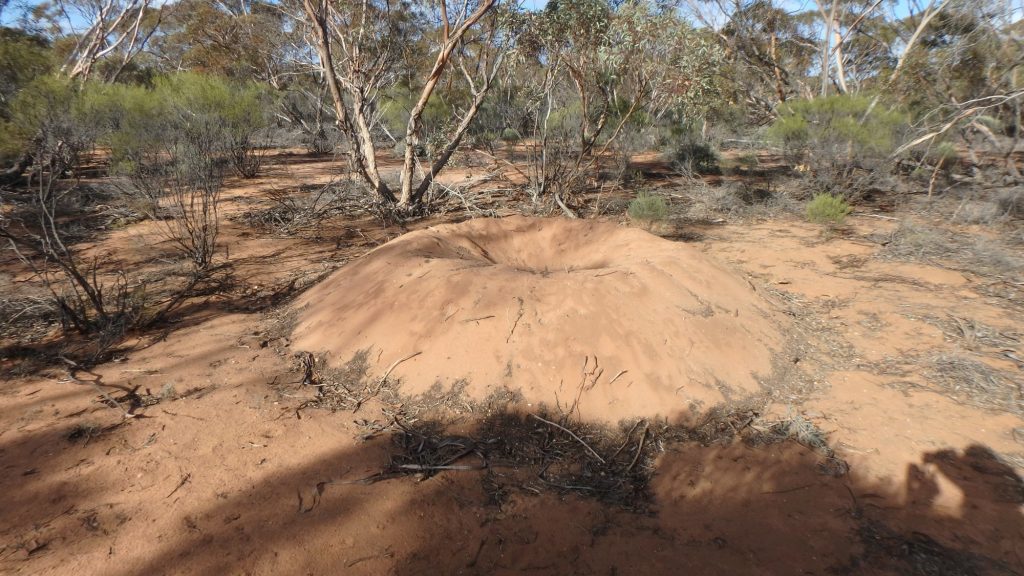 Does removal of kangaroo grazing alter soil seed banks?
Does removal of kangaroo grazing alter soil seed banks?
Some areas of the Western Sydney Parklands support a large number of kangaroos. Exclosures were constructed about a decade ago to examine the effects of kangaroos on the standing vegetation. Long-term records suggest that there may be an effect of kangaroo grazing on plant community composition but their effects on soil seed banks are little-known. This study will examine the impacts on soil seed banks, using glasshouse studies, and soil microbial communities.
In this study you will:
- collect soil samples from different microsite inside and outside kangaroo proof exclosures and;
- run germination trials to assess soil seed banks in the glasshouse and analyse the results
You will be expected to be undertake fieldwork in Western Sydney in an area that has very poor public transport. You should have an interest in plants and soils, and prepared to work with colleagues from the New South Wales National Parks and Wildlife Service.
Malleefowl construct unique patches in arid woodlands
In arid landscapes dominated by mallee (Eucalyptus species) woodlands, malleefowl move considerable volumes of litter to construct their large aboveground nests. This litter alters plant community composition and the distribution of critical resources such as organic matter and nutrients. This movement of resources is thought to have significant impacts on microbial communities and litter resident invertebrates, but little is known about how extensive this is and if the effects are sustained when the birds abandon their nests.
In this study you will
- examine a range of mounds, of different ages, constructed by malleefowl and
- measure soil surface characteristics and collect soil samples for analysis of important nutrients and microbial composition.
Ideally you would be interested in plants and soils in dry environments and be prepared a to spend time in the field, often under hot conditions. You will be expected to undertake some laboratory analyses. You will be supported by researchers from the Australian Landscape Trust at Calperum Station in South Australia.
